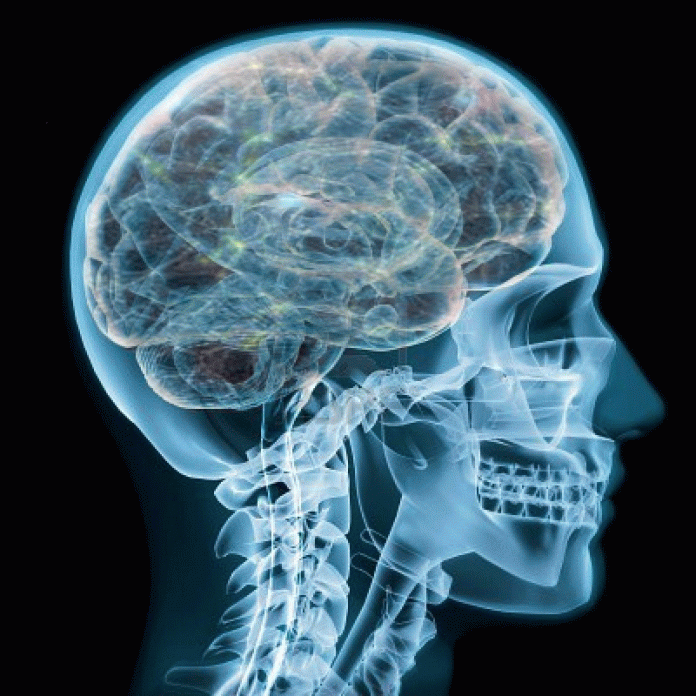There may be light at the end of the tunnel for Alzheimer’s patients with thanks to MIT researchers. Recent studies have been conducted that demonstrate how memory loss can be reversed (in mice) by simply interfering with the enzyme responsible for forming the blockade in the first place. The enzyme in the firing line is known as HDAC2 and it has the ability to turn off genes by compressing them so densely that they’re unable to express themselves.
Scientists have been trying for many years to create a drug that could block this enzyme, but most of these lead to terrible side effects. However, the MIT team have developed a way to precisely block HDAC2’s interaction with a binding partner, Sp3.
This is exciting news for the team. Director of MIT‘s Picower Institute for Learning and Memory and the study’s senior author, Li-Huei Tsai commented, “This is exciting because for the first time we have found a specific mechanism by which HDAC2 regulates synaptic gene expression.” This could lead to a new wave of treatment for Alzheimer’s patients.
It’s been ten years since Tsai first discovered that memory loss could be reversed by blocking HDAC activity. Since then, many valuable lessons have been learned during the scientist’s research including the discovery of the connection between HDAC2 and the blockade of memory-linked genes. Tsai also discovered during her research that HDAC2 levels are elevated in human Alzheimer’s patients. She explains, “We think that HDAC2 serves as a master regulator of memory gene expression, and during Alzheimer’s disease it’s elevated so it causes an epigenetic blockade if the expression of those memory genes.” Her belief is that if we can remove the blockade by inhibiting HDAC2 activity or leaves then we must be able to remove the blockade and restore expression for any genes required for memory or learning.
In order to develop a more specific way of targeting HDAC2, Tsai had to first identify those proteins that helped the enzyme bind to genes needed to form memories. During testing, she discovered that a gene called Sp3 is required to instruct HDAC2 to chromatin to enact the blockade of memory-linked genes. This link between levels of HDAC2 and Sp3 has confirmed again when researchers examined the postmortem brains of several Alzheimer’s patients. The study also concluded that deactivating Sp3 restored the ability for the mice to form long-term memories.
There’s a particular section of the HDAC2 protein that binds to Sp3. When researchers engineered neurons to overproduce the fragment it done a fantastic job at blocking the Sp3 from binding HDAC2 and releasing the blockade of memory-linked genes. Moving forward the researchers are hoping to identify a smaller protein segment that will be just as effective, and easier to make into a drug. Tsai herself is hoping to explore further whether this approach could be used in treating other disorders involving raised levels of HDAC2, including post-traumatic stress disorder.
More News to Read

